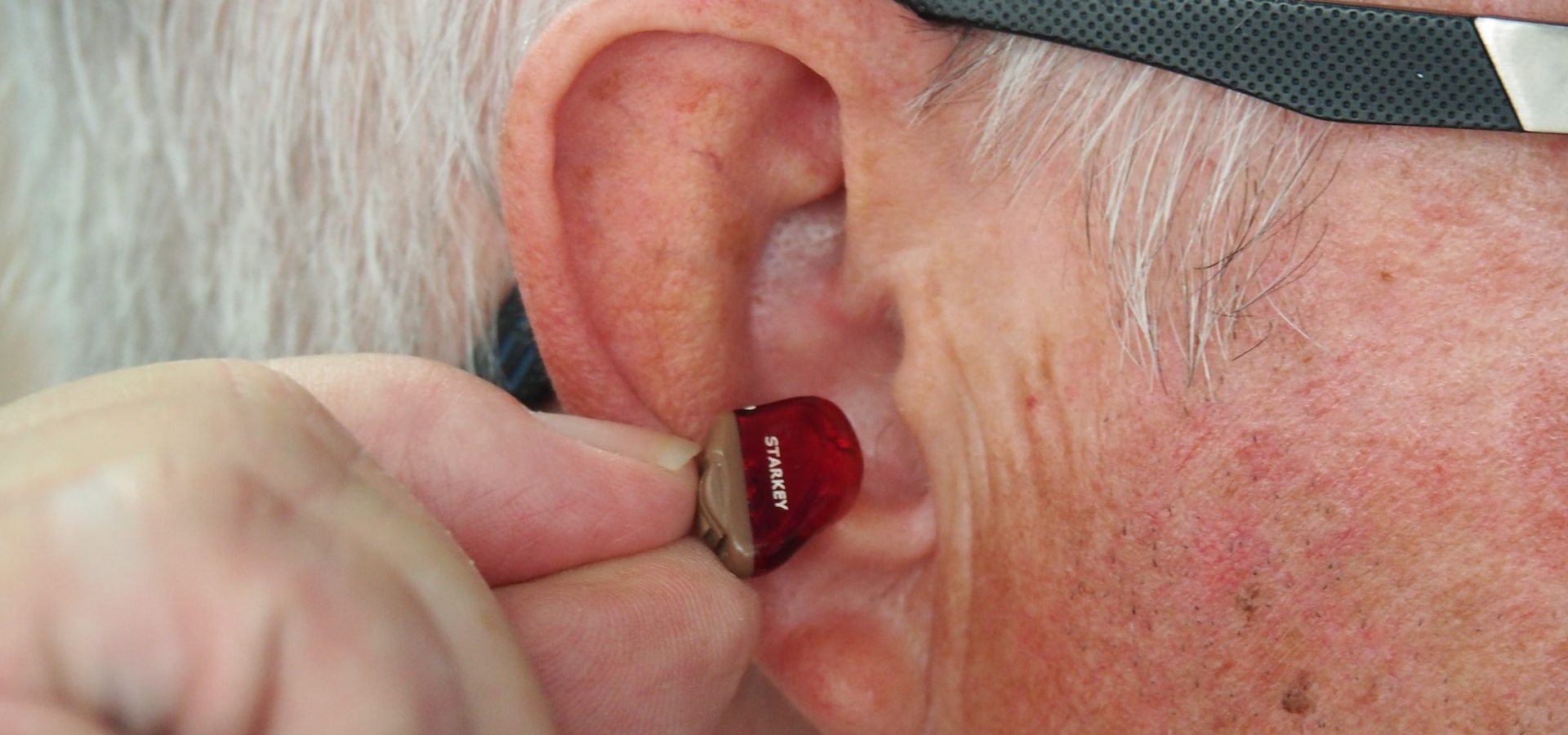Menu

Hearing loss is a common condition that affects millions of people worldwide. The World Health Organization (WHO) estimates that approximately 430 million people have hearing loss, and this number is expected to increase to over 700 million by 2050.
Communication can be a significant challenge for people with hearing loss, leading to social isolation, lower quality of life, and even depression. Fortunately, technological advances have created a wide range of tools and devices that can help hard-of-hearing individuals improve their communication abilities and participate fully in society.
Let us explore some of these latest technologies below:
Hearing Aids
Hearing aids are the most common and well-known technology used to support hard-of-hearing individuals. They are small electronic devices that amplify sound, making it easier for people with hearing loss to hear speech and other sounds.
Modern hearing aids in Langley are highly advanced and come in many different styles, sizes, and features. Some are worn behind the ear, while others fit inside the ear canal. Many feature directional microphones that can help focus on speech in noisy environments. Some hearing aids can even be programmed to adjust automatically to different environments, such as a quiet room or a busy restaurant.
Cochlear Implants
Another type of technology used to support hard-of-hearing individuals are cochlear implants. They are surgically implanted devices that bypass the damaged parts of the ear and directly stimulate the auditory nerve.
Cochlear implants are typically used for individuals with severe or profound hearing loss who cannot benefit from traditional hearing aids in Langley. They can provide significant improvements in speech recognition and sound quality for many people with hearing loss.
Assistive Listening Devices
Assistive listening devices (ALDs) are devices that can help hard-of-hearing individuals hear more clearly in specific situations. A hearing clinic may suggest using them with hearing aids or cochlear implants, or on their own.
ALDs work by transmitting sound directly to the individual’s ears, bypassing any background noise or distance between the speaker and listener. Examples of ALDs include personal FM systems, which use a transmitter and receiver to send sound directly to the listener, and loop systems, which use a magnetic field to transmit sound to a hearing aid or cochlear implant.
Captioning and Subtitles
Captioning and subtitles are technologies that provide text versions of spoken language. They can be used to support hard-of-hearing individuals who have difficulty hearing speech.
Captioning provides a written version of spoken language in real-time, while subtitles provide a written translation of spoken language in a different language. These two can be found on many media platforms, including television, movies, and online videos. They are also available at some live events, such as conferences and lectures.
Speech-to-Text Technology
Speech-to-text technology is another technology that can help hard-of-hearing individuals. It uses computer algorithms to transcribe spoken language into written text in real-time.
Speech-to-text technology can be used in many situations, including meetings, lectures, and phone conversations. It can be accessed through various devices, including smartphones, tablets, and laptops. Moreover, it can be used with captioning and subtitles to provide a more comprehensive communication solution.
Conclusion
Technology has revolutionized how we communicate, providing many tools and devices to support hard-of-hearing individuals. As it advances, we can expect to see even more innovative solutions to support hard-of-hearing individuals and improve their quality of life.
If you or anyone you know is showing signs of hearing loss, turn to Fraser Valley Beltone. Our Abbotsford and Langley hearing clinic offers hearing aids, hearing tests, and other services to help you communicate and support you in your condition.
Share Post
Facebook
Twitter
LinkedIn
Email
Reddit
Pinterest
